Stephania Suberosa Caudex Plant
Stephania suberosa Caudex Plant: An unusual, caudiciform succulent with a textured, tuberous base that resembles a potato. This wacky plant has a rough, woody caudex that sprouts tall, vining stems in spring with flat, round leaves. It is native to Southeast Asia where it grows with its caudex completely belowground.
Stephania suberosa Caudex Plant is a shrub native to Thailand and Cambodia that\’s also known as a caudiciform succulent or caudex plant. It has light green vines, large leaves, and a tuberous base that resembles a potato. The plant\’s caudex is a broadened, tough shoot axis that can store water during droughts.
- Habitat: Place the plant in a bright, sunny location, but it can also be sheltered outdoors in the summer.
- Watering: Water the plant about once or twice a week during the growing season, and up to once a month during the dormant season.
- Soil: Use loose, well-drained soil, such as cactus soil.
Stephania suberosa is a unique caudiciform plant native to Thailand and Cambodia. It features a distinctive tuberous base, known as a caudex, which can weigh over 50 kilograms and live for more than a century. From this caudex, slender, climbing stems emerge, reaching lengths of up to 4 meters. The plant produces broad, heart-shaped leaves that are 8-14 cm long and 9-15 cm wide, with a cordate to truncate base and a very obtuse apex.
In its natural habitat, Stephania suberosa thrives in evergreen scrub and bamboo forests on rocky limestone hills. It is often found alongside other endemic species such as Bauhinia winitii and Burrettiodendron umbellatum.
Cultivating Stephania suberosa can be challenging. During the growing season (spring and summer), it’s advisable to water the plant sparingly, approximately once a month, and maintain it in a warm, bright location, avoiding direct sunlight. The plant is known to shed its leaves during the winter dormant period.
Traditionally, Stephania suberosa has been utilized in Thai medicine under the local name “borapet pungchang” for treating hypertension and various other ailments.
For enthusiasts in India, Stephania suberosa is available through select nurseries and online platforms. For instance, Seedlings India offers this plant, providing an opportunity to add this exotic species to your collection.
Please note that Stephania suberosa is considered toxic, so it’s essential to handle it with care, especially around pets and children.
Here are some care tips for growing Stephania suberosa:
🌱 Light
- Prefers bright, indirect light.
- Can tolerate some direct sunlight but avoid harsh afternoon sun.
- If grown indoors, place near a south or east-facing window.
💧 Watering
- Water sparingly! Let the soil completely dry out between waterings.
- During the growing season (spring & summer): Water about once a month.
- In dormancy (fall & winter): Stop watering completely until new growth appears.
ðŸŒ¡ï¸ Temperature & Humidity
- Loves warm temperatures (20-30°C / 68-86°F).
- Avoid cold drafts and keep above 10°C (50°F).
- Moderate humidity is fine; no special misting needed.
🪴 Soil & Potting
- Use a well-draining mix (cactus/succulent soil works well).
- You can mix in pumice, perlite, or sand for extra drainage.
- A shallow, wide pot is ideal to support the caudex.
💤 Dormancy Cycle
- Stephania suberosa is deciduous, meaning it loses its leaves in fall/winter.
- The caudex will look bare, but don’t worry—this is normal!
- Stop watering until new shoots appear in spring.
🌿 Propagation
- Grows from seeds, but they can take weeks to sprout.
- Soak seeds in warm water for 24 hours before planting.
- Keep in warm conditions (25-30°C) for better germination.
âš ï¸ Common Problems
- Overwatering → Root rot! Let soil dry completely before watering.
- Too much shade → Weak, leggy growth. Move to brighter light.
- No new leaves in spring? Be patient—sometimes it takes weeks to wake up!
Also Buy:
Pachypodium Brevicaule

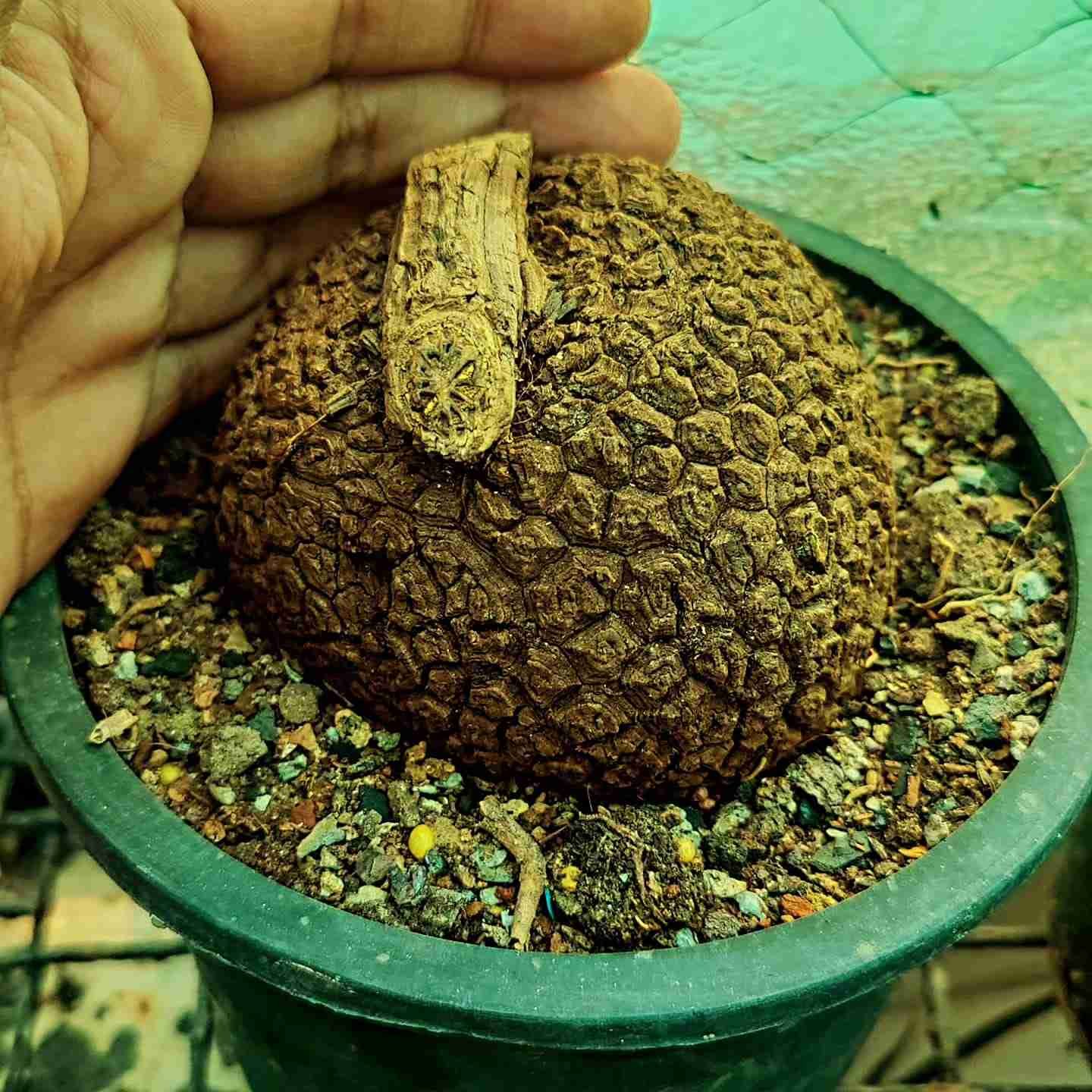
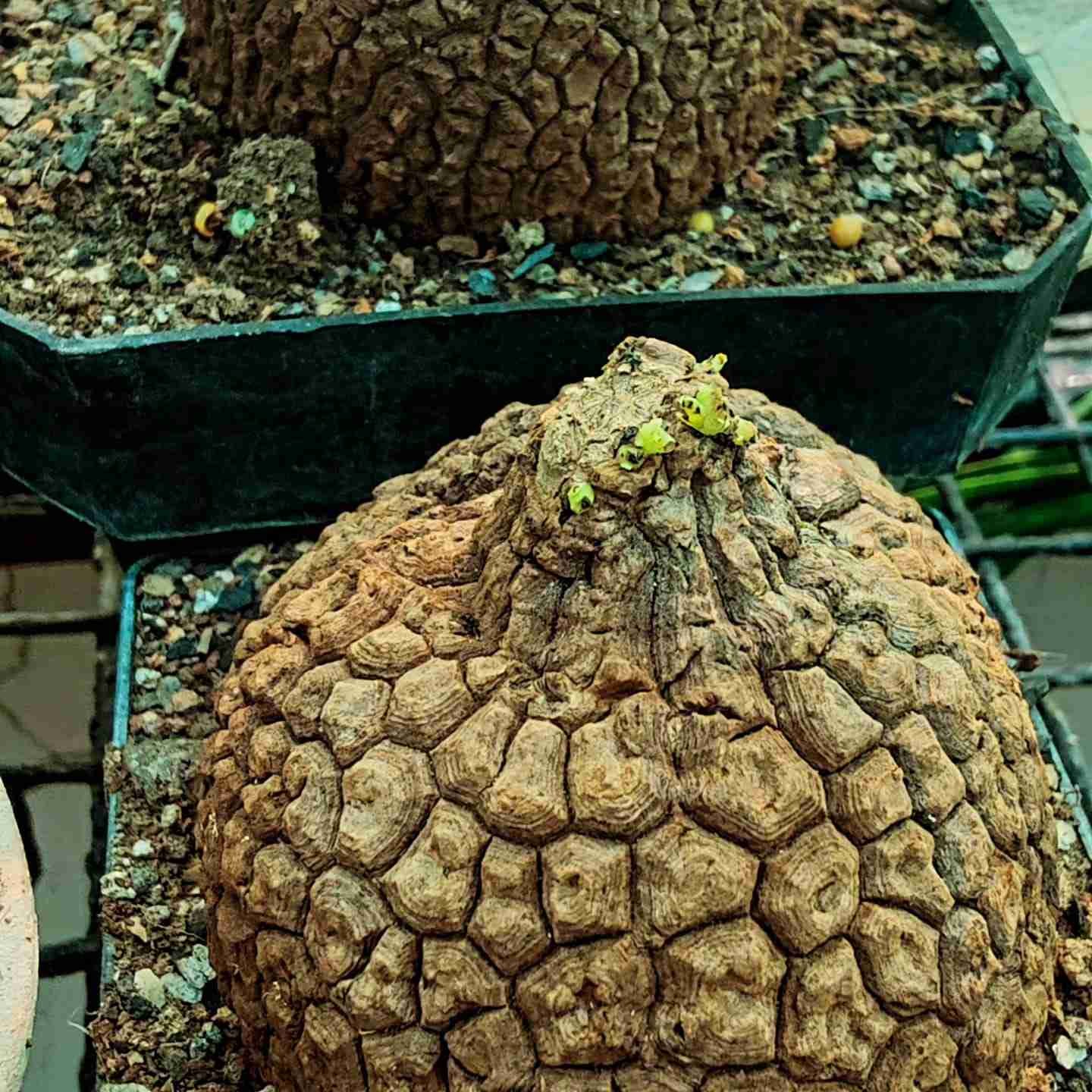
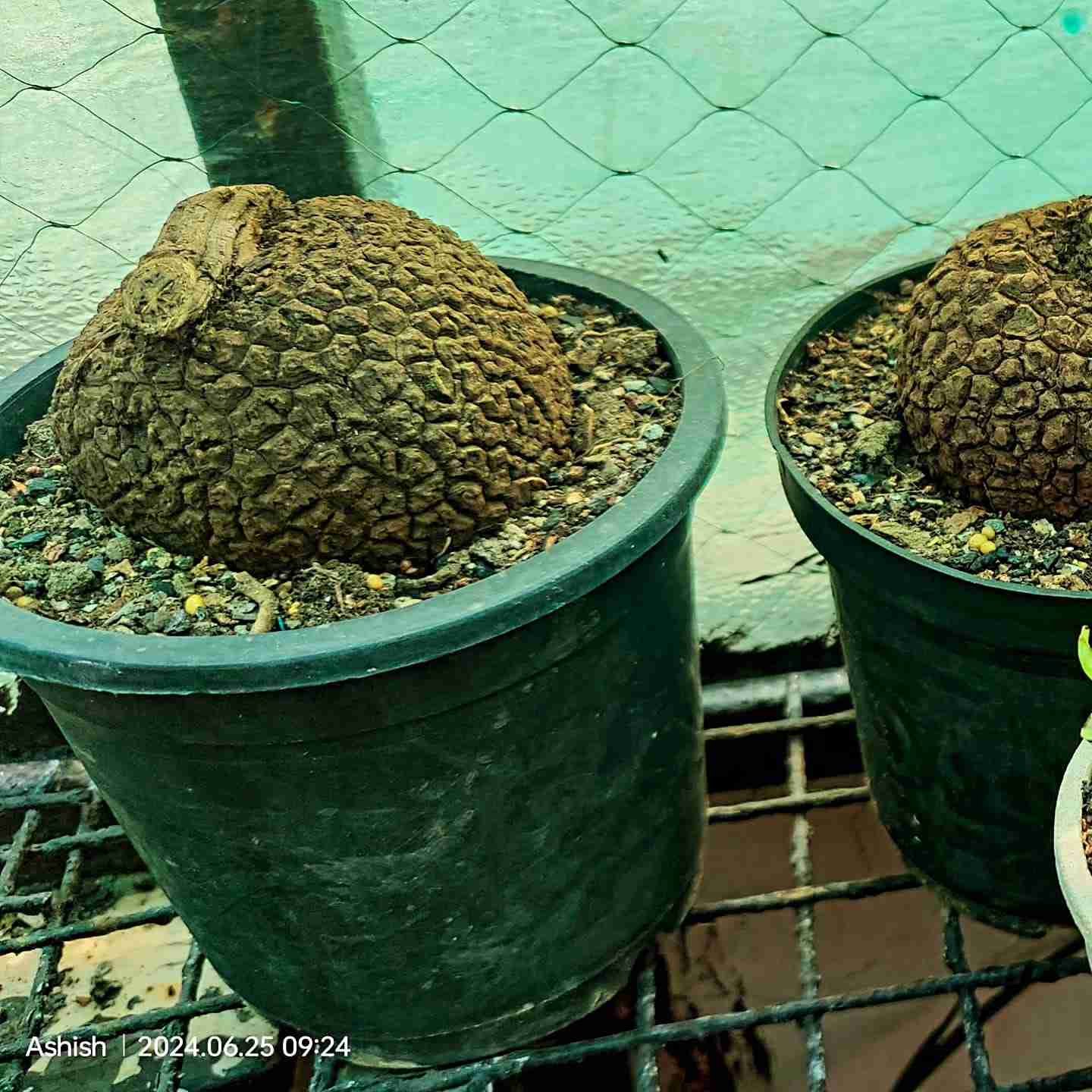
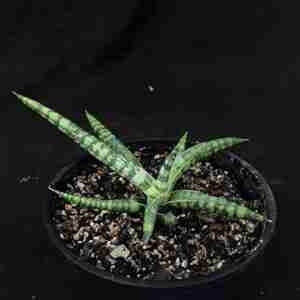
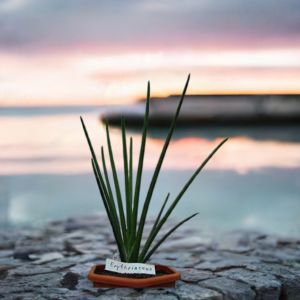
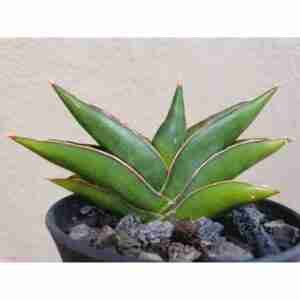

Akho –
Huge specimen
Rajesh –
Beautiful plant